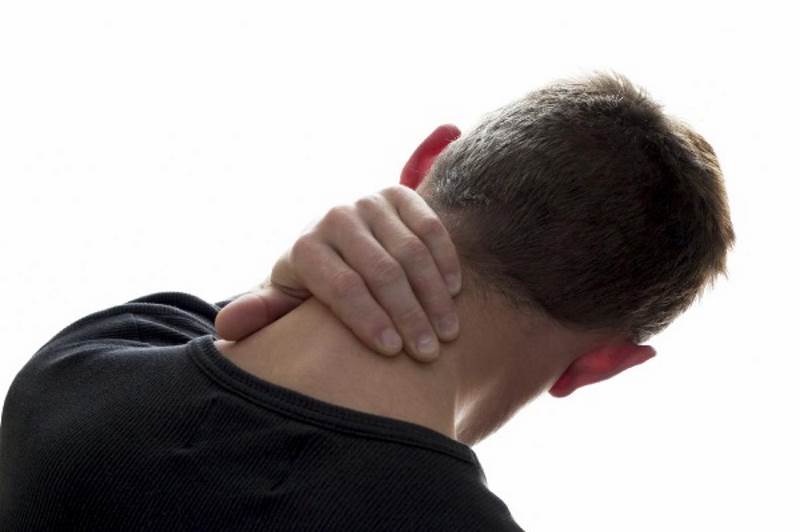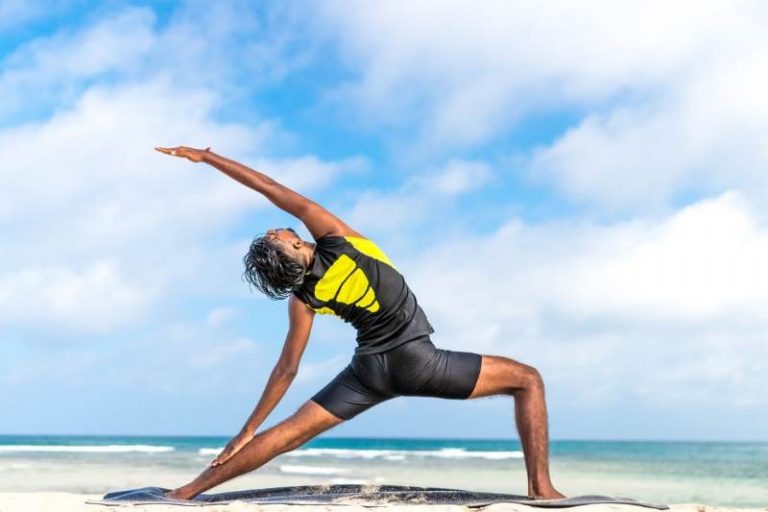
Classification of Whiplash Injuries
Classification of Whiplash Injuries
Despite advancement in sophisticated safety equipment for cars, bodily injury can sometimes result from accidents. Although the impact can occur in less than a second, the resulting injuries can persist for weeks or months. The neck (cervical spine) is the most common area of involvement, however, the mid back or low back can also sustain trauma. The shoulder or chest area can also be bruised by the restraint effect of the seat belt.
Injuries to the cervical spine are termed “whiplash-associated disorder’ or WAD for short. As with most conditions and injuries, there is a spectrum of severity. Following much consultation, the Quebec Task Force on Clinical Classification of WAD developed a five point scale of severity in 1995, which is well recognized within the health care and insurance fields. With Grade 0, or WAD 0, there are no physical signs, and the person does not complain of symptoms or usually seek help. At the other extreme end of the spectrum is the most severe WAD IV injury in which X-rays indicate a fracture or dislocation and require urgent medical attention. WAD classification is determined by a detailed and comprehensive clinical examination. Fortunately, most of the whiplash injuries sustained in a crash are classified as WAD II or III, and are commonly treated in physiotherapy practice. Clinical features include pain, and limited range of motion due to muscle spasm, sprained ligaments, and inflamed joints. Irritation of the neurological system can manifest as symptoms of numbness or tingling extending into the upper or lower extremities.
Physical therapists are very familiar with performing a detailed assessment and can help with determining the degree of injury that a person has sustained. A physiotherapy treatment plan is determined based on the degree of injury and time since the accident. Early in treatment when the condition is still very acute, it is common to suggest use of ice to decrease inflammation and pain relieving physical electrical modalities can also be used. As the person’s symptoms decrease, gentle mobilization, range of motion exercises, and progressive strengthening exercises are commonly introduced. Progress with treatment is individual and dependent on many factors. There are numerous practice guidelines, however, which suggest a return to normal daily activities as soon as possible, and treatment that promotes return of function is most helpful. A physical therapist is well trained to help assess your whiplash condition and provide an individualized treatment plan.

